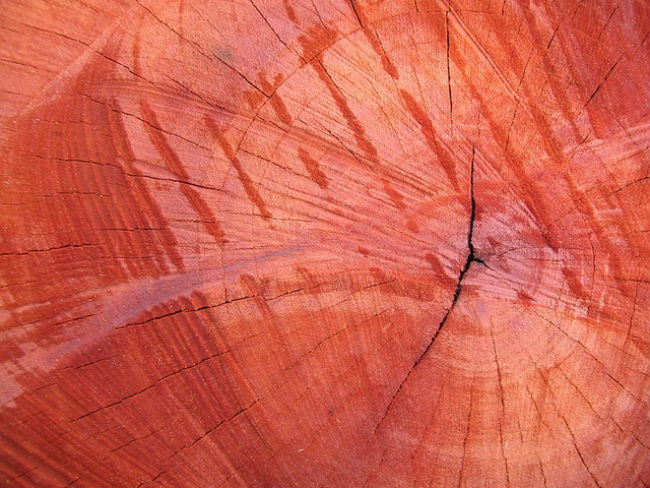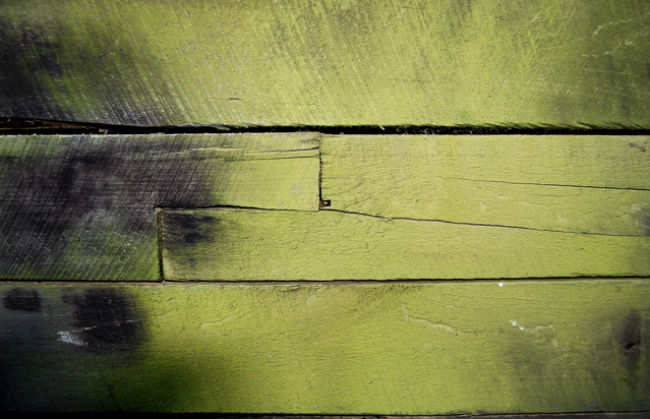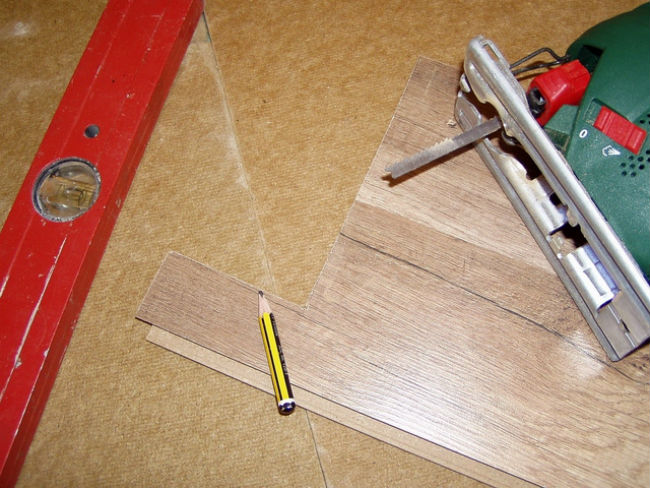It is well-known that termites are the recyclers of tropical and subtropical forests. They feed on products, which contain cellulose. Their benefit is in enriching the soil and exterminating the decayed wood. Their disadvantage is that they are extremely harmful to the household. For this reason, in regions where this insect problem is a current affair, homeowners tend to increase the durability of structural lumber. They use decay and termite resistant wood materials for flooring, fence, in construction of houses and farm buildings.
Requirements to the termite resistant wood
Termite resistant wood species, which homeowners are likely to choose, meet the following requirements:
Firstly, a termite-resisting lumber must be protected from the decay, mold and wood pests.
Secondly, it should repel drywood and subterranean termites and prevent rot.
Thirdly, its protective properties must be long-lasting.
Fourthly, it must be environmentally-friendly and non-toxic to mammals.
Fifthly, it must be resistant to weather changes.
Types of termite resistant wood
Termite resistant wood can be obtained both naturally and industrially.
Manmade materials are layed over with chemicals to create termite protective covering coat. Naturally termite resistant lumber grows or is raised without using any insecticides.
Industrially termite treated wood types are pressure-treated and composite ones. Rot and wood pest resistant lumber of natural occuring is the third type.
To sum up, there are four main groups of termite resisting materials currently available: non-pressure and pressure-treated (human treated), composites (human created) and natural heartwood (natural origin).
What naturally termite resistant wood is there in the USA?
Termite resistant heartwood (also called hardwood) is the oldest and hardest central part of a tree. It proved to be wood pest proof. The protective heartwood is found in natural types of trees, such as Eucalyptus, Mahagony or Redwood, Acacia, Cypress, Pine, Teakwood and Cedar.
The list of termite resistant wood in the U.S includes Pacific Coast Yellow Cedar and Redwood (Coastal and Central USA), Alaskan Cedar (Alaska), Laotian Teak (Hawaii). All of them have natural protection from decay, fungi and vermins. Alaskan Cedar is better than Redwood in the termite-proof properties. Laotian Teak is a termite resistant tropical wood, which can stand subterranean termite attacks.
Do termites eat redwood and other termite-proof wood?
It is a great misconception that lumber of Redwood or Mahagony, Acacia, Cypress, Eucalyptus, Pine, Teakwood and Cedar are not on the termite’s diet. If there is a great choice, the wood pests will feed on sapwood and even termite proof hardwood only after all the others.

What is a termite treated wood?
Two types of idustrially pressed and termite treated lumber are readily available in the USA. Wood is processed with chemicals for termite protection and rot preservation. Such materials can weather well. In fact, the treatment with pressure treated wood chemicals results in a lifetime extension.
Pressure-treated wood
The pressure treated lumber is highly resistant to and protected from rot (decay), fungi and wood pests. In its production, chemical products are used to penetrate into the structure. The process is the following: wood preservative is forced deep into lumber pores and wood cells via a series of pressure and vacuum cycles. Thus, a chemical barrier against termites and decay is formed gradually.
Termite resistant coating for wood treatment can stand high and low temperatures, different weather conditions. Preservative capability remains at least 8-10 years. Modern chemically pressure-treated wood can be used outside and left unpainted.
CCA-treated lumber
Chromated Copper Arsenate treated wood is a well-known Australian method for termite control. It was used in the USA and in North America since 1970s. It proved to be a durable wood preservative and termite-killer. Arsenium is a hazardous poison and highly toxic orally to insects and mammals. It is carcinogen. Nowadays, it is EPA restricted (since 2004) and not available for wood treatment. Schedule 7 license is required to purchase Arsenic compounds. The homeowners, whose houses are coated with “green paint” of arsenate, must take precautions and wash hands after contact and keep food and water far from the treated lumber.

ACQ and Azole-treated wood
Ammoniacal and Alkaline Copper Quat (ACQ) and Azoles: Copper Boron Azole (CBA) and Copper Azole (CA) replaced chromated copper arsenate for termite control and treatment. They are organic biocides with low mammalian toxicity. They were first introduced in the U.S in 1990s. These chemicals are active against rot, mold, fungi and termites.
Non-pressure treated wood
To make wood termite proof without pressure, as a rule, the borate solutions are used. In its production, chemical is applied to coat the surface to protect lumber from termites and decay. Wood preservative is “painted” with brush or sprayed onto the structure. How to termite proof wood diy you can read here.
Wood-plastic composite
Composite materials are made of recycled plastic, waste wood fiber and some type of binding agent. These components are mixed together to make a new material stronger, harder and denser than wood itself. For the reason that WPC materials contain a source of cellulose as the wood fiber components are enveloped in a thermoplastic matrix, they are likely to be subjected to termite attacks. Researchers have made a great effort in order to improve the wood pest resistance of WPC with the use of borate and other termicide chemicals.

How long will termite treated wood last?
Service life of pressure-treated wood ranges from 10 to 50 years. In fact, it depends on many factors, namely, the location (inside-outside, directed to the sun-rain), the use (painted-unpainted, inside-outside) and the weather conditions (dry climate- humidity). It is required to use a treatment level appropriate and available to the end use. The amount of wood preservative penetrated into the lumber is its retention ability.
More than 85 percent of all termite infestations start from the wood-and-soil contacts. For this reason, homeowners are recommended to use termite resistant lumber and timbers for building and constructing to prevent pest damage.
Leave a Reply